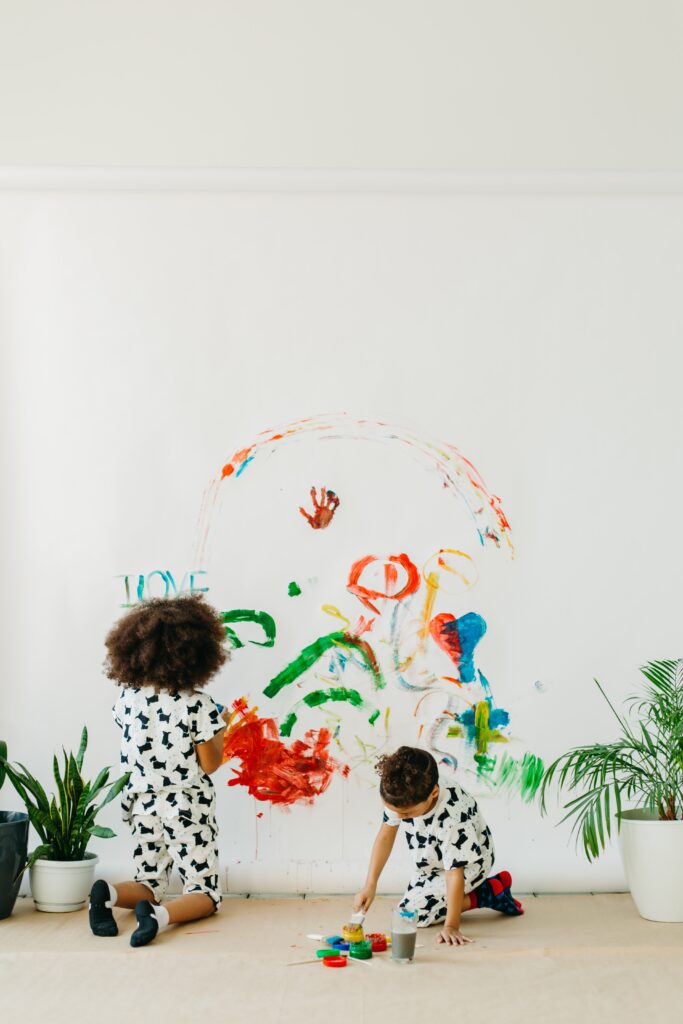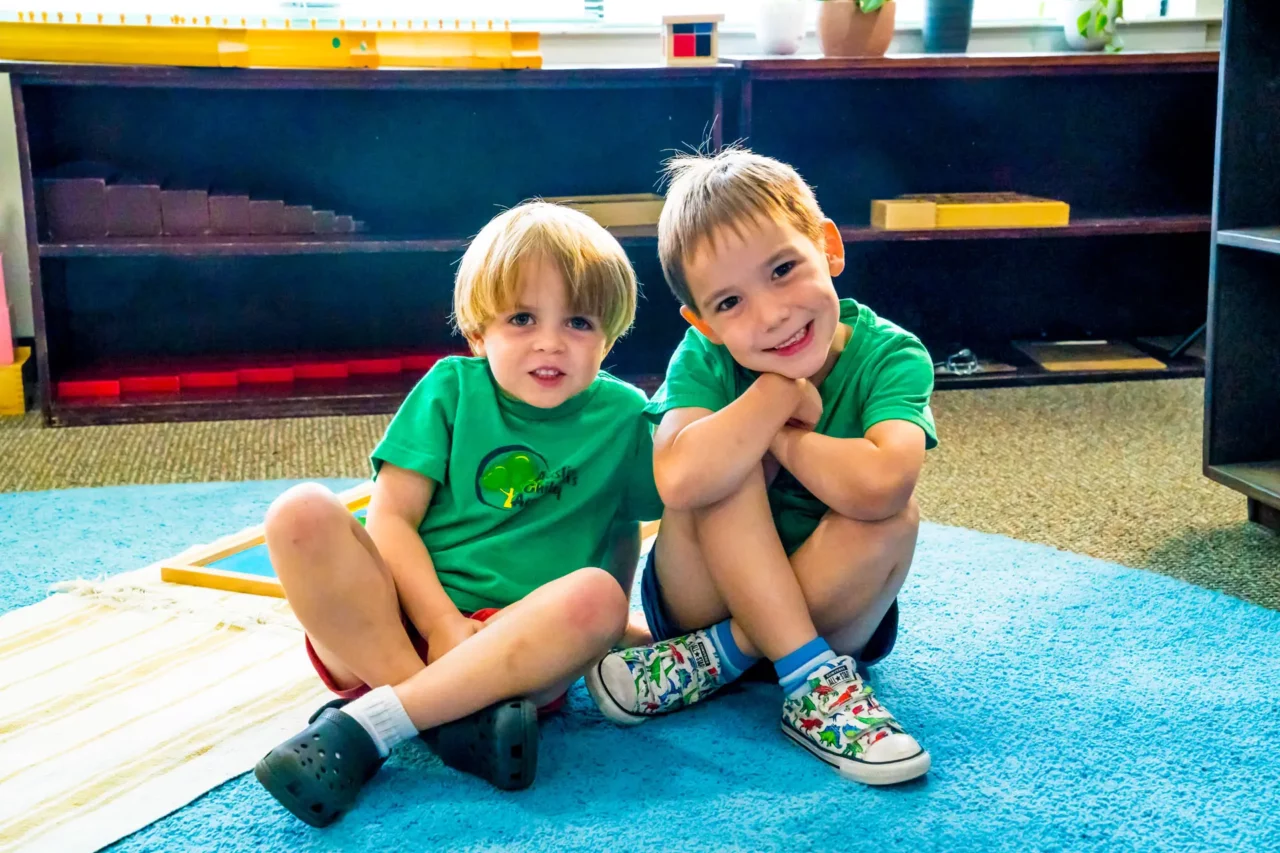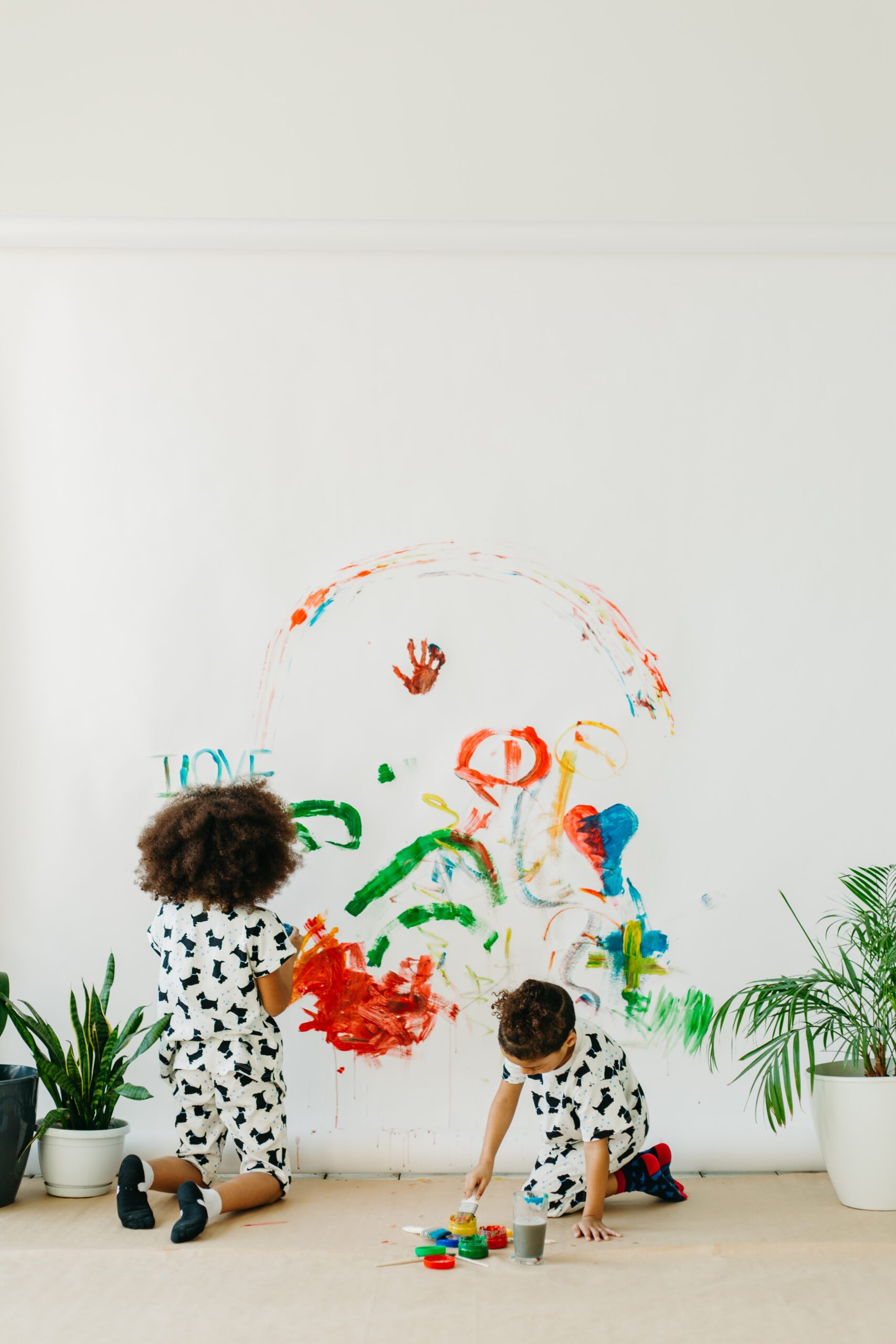
Some parents direct their children toward the arts because they notice a special talent early on, but other parents simply want their children to get the most out of life by enjoying and exploring their creativity. No matter the reason why you decide to introduce your children to the arts, the effort is commended. A creative child lives a more well-rounded, balanced, and fulfilled life, and they can thrive when their parents recognize and foster their talent.
While teachers are skilled in encouraging children to explore art, there are also things that you can do as a parent to help your child grow in this department. Keep reading to learn about some simple ways that you can encourage the creative artist in your child.
Create Space for Art
Your child is off to a good start if you’ve got them enrolled in weekly art classes. But if art is something that matters to them, it’s likely to be how your child processes their world. If this is the case, they might be craving more time for art during the week. To help meet their needs, set up a space in your home where they can go to create art whenever they want.
It doesn’t have to be extravagant—all it takes is a small table or desk in the corner of the kitchen or their bedroom. You can also place a desk organizer filled with art supplies in their space for easy access. With supplies like white or colored paper, crayons, colored pencils, stickers, tape, cardboard, yarn, tissue paper, clay, and pipe cleaners at their disposal, there’s nothing they can’t do.
And there’s no need to set aside designated “art time.” When your child feels the urge to create art, they can go to this space on their own for a self-guided art session.
Provide a Sketchbook
Artists use sketchbooks for so many things: for jotting down ideas, keeping a visual journal, or practicing their skills. If your child is drawing all the time, a sketchbook can be a great tool for them to carry around and keep their ideas organized. It can also be fun to look back on previous sketchbooks to see how a child’s art has transformed!
Since sketchbooks can be used anywhere, they are great for honing observational drawing skills. Maybe your child will draw a bird while at the park—or a soccer ball during their sibling’s practice. An artist’s sketchbook is as unique as the artist themself.
Process over Product
If your child truly enjoys making art—if the act of creating improves their mood and helps them feel connected to themself—then the end product isn’t what you should focus on. Instead, you should praise the process of creating.
It is a great idea to congratulate small victories that aren’t related to how the final product looks. For example, noticing how they mastered a painting technique or finally got through a section that was giving them trouble. By noting minor successes throughout the process, your child will learn to place value on other things besides the quality of the finished product.
Bring Art to Life
For a young artist, seeing “real” art in person is hugely exciting. By making a point to head to local museums and galleries, you can introduce your child to a wide range of art that will open their mind to all the different styles that maybe, one day, they can achieve.
It’s very likely that your local museum offers tours where children can engage with the artwork and be led by a museum professional. But even if you don’t elect to go on a guided tour, walking through a museum with your child will still expose them to a very real and tangible art world outside of the classroom—and it’s also a great opportunity for the two of you to bond.
Your Creative Artist
It doesn’t matter if you’ve got a budding Picasso on your hands or a child who is simply calmed by the act of drawing. An artist is an artist, no matter their age, and this is a skill within a child that should be encouraged and not ignored. The last thing you want is for your child’s creative curiosity to be extinguished—because there’s no better time to explore creativity than during childhood.
Encouraging your creative artist now may make for a successful and prolific artist in the future. Or it might not. But rest assured that encouraging your creative artist is never a bad thing, and no matter what, it will always benefit your child.






